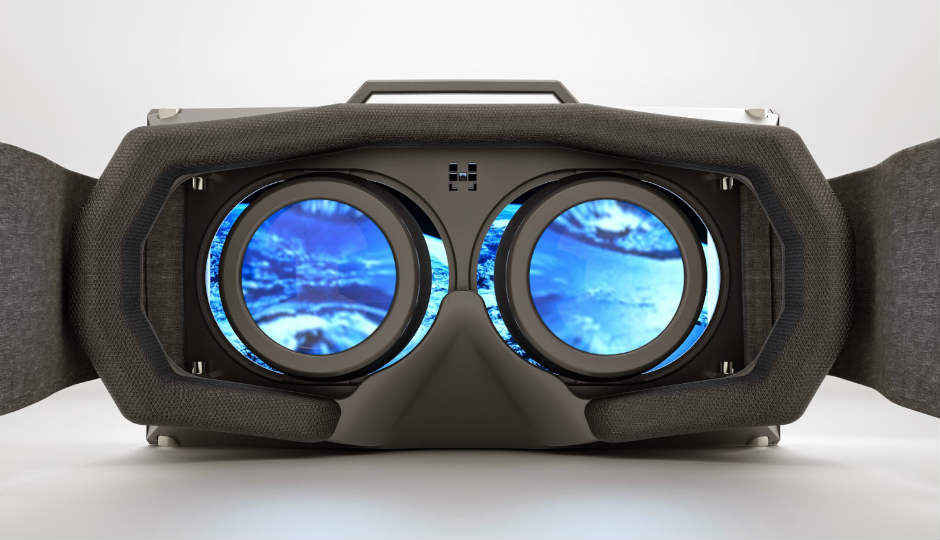Microsoft FlashBack makes VR more accessible for low-end devices

New Algorithm to pre-render VR frames can greatly improve the VR experience on both low-end phones and laptops
The Virtual Reality boom is upon us. VR has been catching people’s fascination right since Oculus VR started seeking startup funding. It was a first of its kind headset that had industry veteran John Carmack come out in support of the device and later also joining the company as a CTO. Later, Google introduced the world to the Google Cardboard, which looked to bring VR experiences to the masses by using basic materials to make a headset.
Now, Microsoft Research has come up with a new algorithm which can deliver better frame rates up to 8 times, reduce latency by 15 times, and reduce power consumption by 97%. According to the published paper, they “serve all VR applications high rendering from a local cache of pre-rendered frames.” The paper also states that “pre-caching avoids the struggle of real-time rendering on a weak mobile GPU while leveraging a prevailing trend among mobile devices: storage is low-power, increasingly abundant, cheap, and often underutilized, while graphical processing remains restricted due to thermal and energy constraints.”
For mobile devices however, the paper states that instead of traditionally running the application, a user downloads the pre-rendered VR results or even generate them ahead of time for future use when using the application. Unlike a VR movie, this would still be very interactive. They also added that, "FLASHBACK builds a three-tier frame cache across GPU video memory (VRAM), system RAM, and secondary storage to store
the set of frames needed for a given VR application. The cache is indexed by the player’s current pose, its 3D position in the environment. As the player moves around, FLASHBACK retrieves and displays a new frame from the cache that matches the updated pose, using a nearest-neighbor algorithm to quickly search the 3D space.”
Yes, there would be more storage required for this but moving forward, it will significantly reduce the computation required and would especially benefit mobile devices. Let’s see how VR OEMs respond and if any of them would actually look to implement this system.




